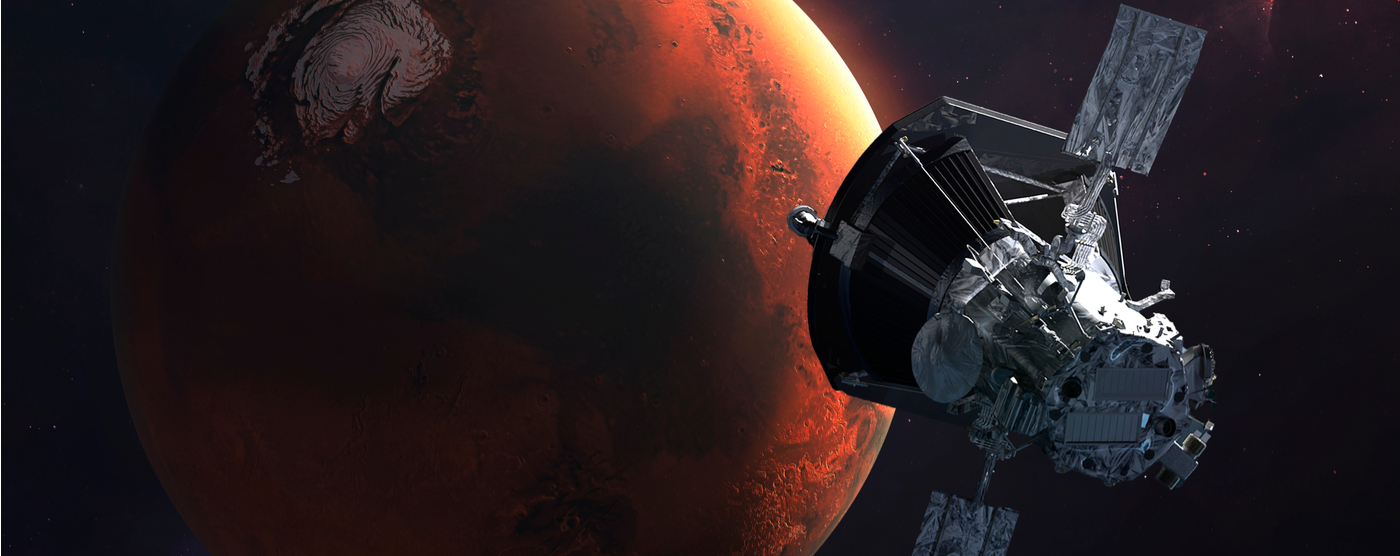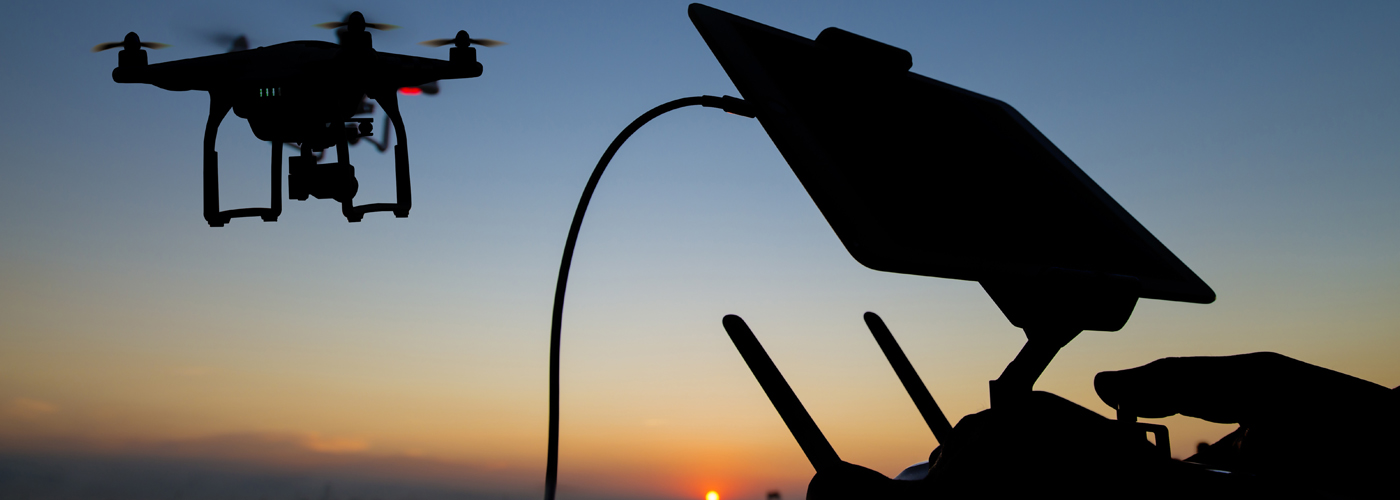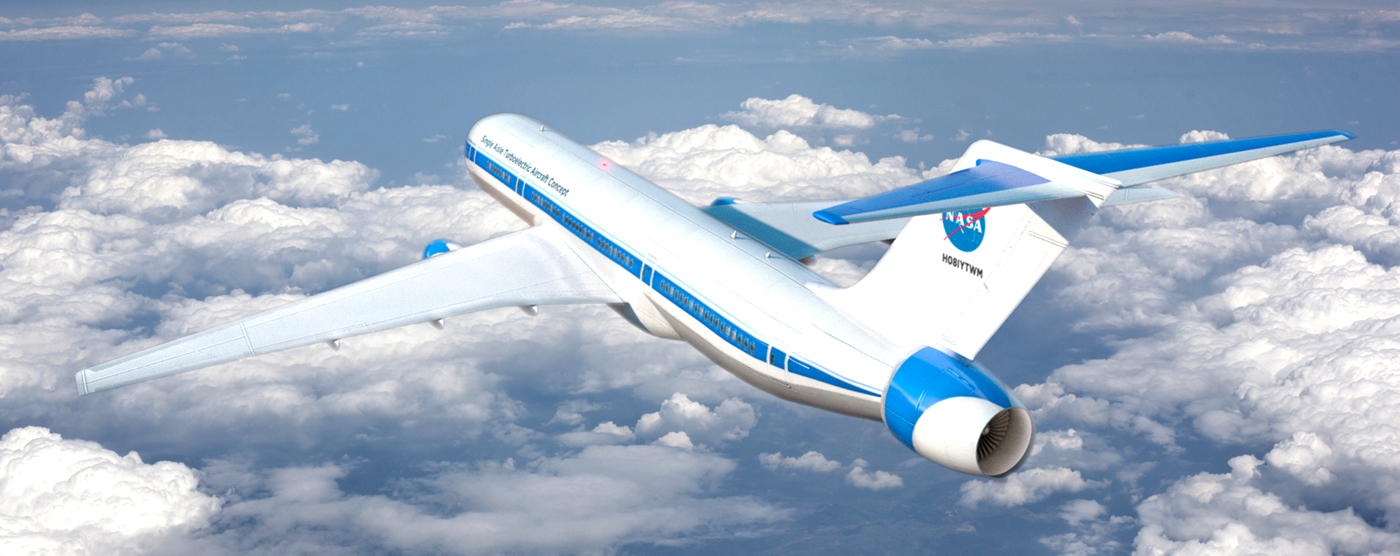Mission Possible: NASA’s InSight Spacecraft to Give Scientists Insight on the Interior of Mars

The Mars exploration exhibition has a new robot and its name matches the mission as NASA’s InSight spacecraft is gearing up to give scientist’s “insight” into the Red Planet’s interior as it studies the Martian underworld.
Sticking the landing
Excitement filled the control room at the Jet Propulsion Laboratory last November when the InSight spacecraft sent back confirmation of its safe arrival on Mars’ surface. After launching from Vandenberg Air Force Base in California six months earlier, InSight travelled 300 million miles and landed flawlessly on the Red Planet in what NASA engineers and scientists are calling “a nail-biting descent.”
Traditionally, Florida’s Space Coast is the launching pad for such voyages; however, this was the first interplanetary mission lift-off from the West Coast of the United States. InSight, which stands for Interior Exploration using Seismic Investigations, Geodesy and Heat Transport, is the ninth lander in history to be sent for Mars exploration by the United States.
Robotics in motion
InSight is equipped with a robotic arm that will lift a dome-shaped package containing seismometers and a heat probe up from the main deck of the spacecraft and on to the surface of Mars. These instruments will burrow about 16 feet down into the planet’s interior structure, where the seismometers will measure surface movements and produce sonograms of its interior.
Vaughn College has a keen interest in mechatronic engineering and the development of robotic equipment, having set the stage for excellence in robotics. Its robotics team earned the world championship title in the 2016 VEX Worlds Robotics Competition and placed among the top three in the world in the 2017 and 2018 competitions.
Unlike temblors caused by plate tectonics found on Earth, Martian temblors are generated when crust cracks due to the cooling and shrinking of the planet’s interior. This groundbreaking mission, no pun intended, is extraordinary since the interior of Mars has been basically frozen in place since it formed almost 4.5 billion years ago. That’s billion with a ‘b’! Scientists are hopeful to record anywhere between 10-to-12 marsquakes over the next two years.
Hitching a ride
The InSight spacecraft wasn’t alone on its rocket ride last year. Two CubeSats―or miniature satellites―named MarCo-A and MarCo-B, hitched a ride for their own Mars exploration mission to show how tiny spacecraft can explore deep space. This new technology tested flawlessly as NASA scientists stated the MarCo duo was instrumental in the landing, having been able to relay data from the InSight spacecraft to mission control.
Fun fact: CubeSats are no strangers to orbiting the Earth. In fact, hundreds have been launched in recent years, although the InSight spacecraft mission marks the first interplanetary voyage for the identical satellite spacecrafts.
Mission possible
Over the next two years, the InSight spacecraft will have an unprecedented look at the interior structure and composition of Mars as it listens for marsquakes and tremors while collecting data. These findings will help scientists understand how Mars and other rocky planets like Earth formed, and could also serve as a time machine to give scientists a glimpse at what Earth may have looked like tens of millions of years after it formed.
Robotics at Vaughn College
Are you interested in learning more about robotics? Vaughn’s mechatronic engineering degree program can prepare you for an exciting future in robotics and may even set you on a trajectory to discovering possibilities that are out of this world.

